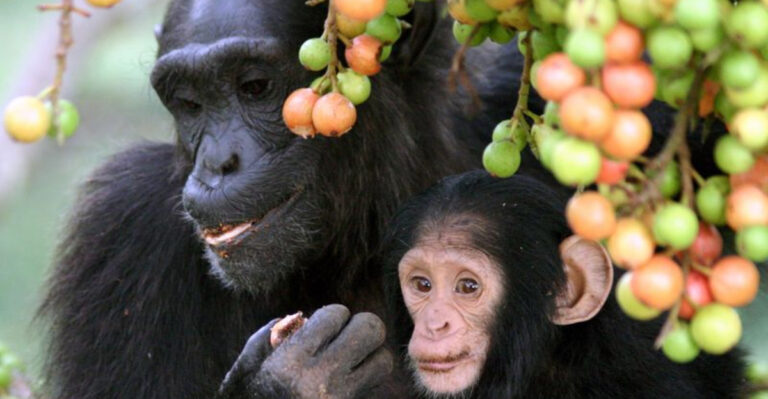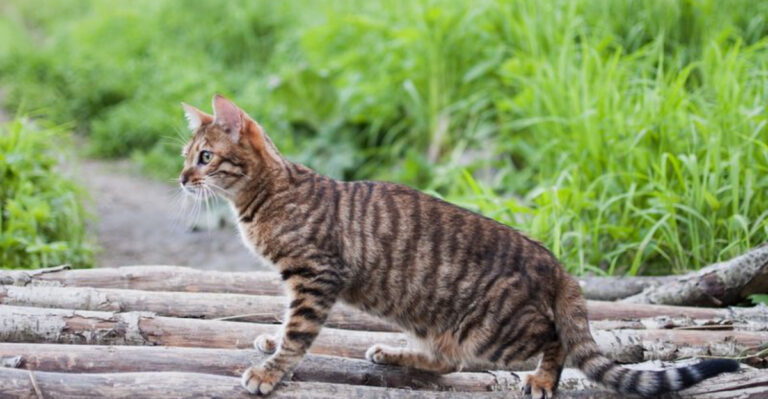Similipal’s Remarkable Tiger Comeback Doubles Big Cat Numbers In Just 4 Years
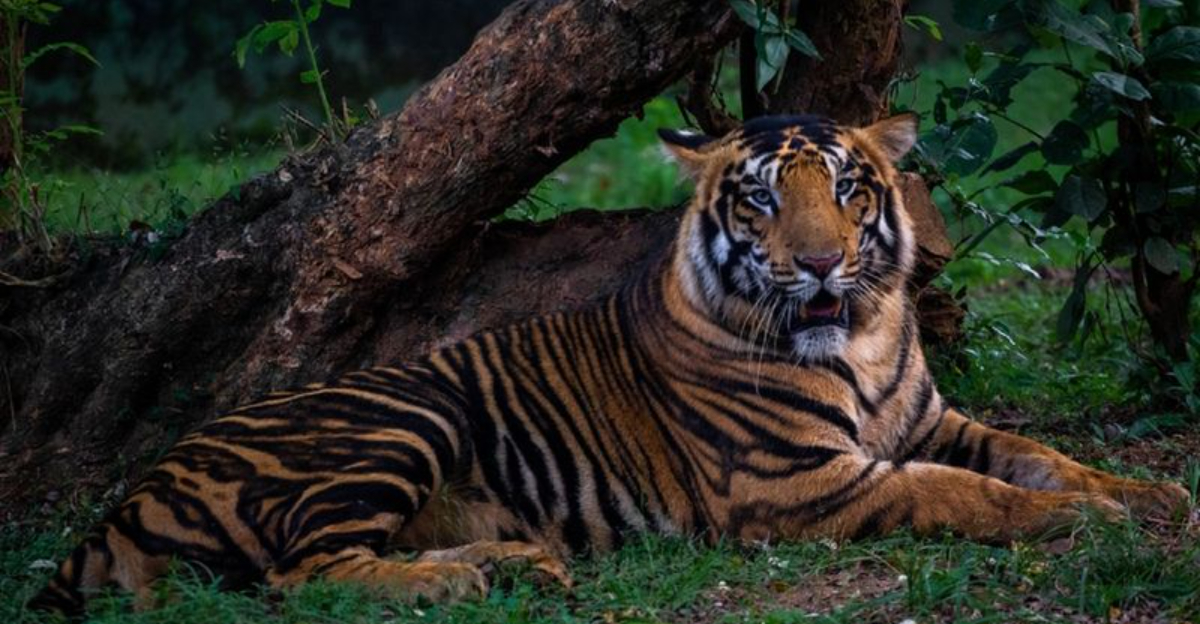
Hidden in the lush forests of Odisha, India, Similipal Tiger Reserve has achieved what many thought impossible.
In just four years, this remarkable sanctuary has doubled its tiger population, becoming a beacon of hope in wildlife conservation.
This stunning comeback story shows how dedicated efforts, smart strategies, and community involvement can reverse the fate of endangered species even when the odds seem overwhelming.
Similipal Tiger Reserve: A Success Story Of Conservation
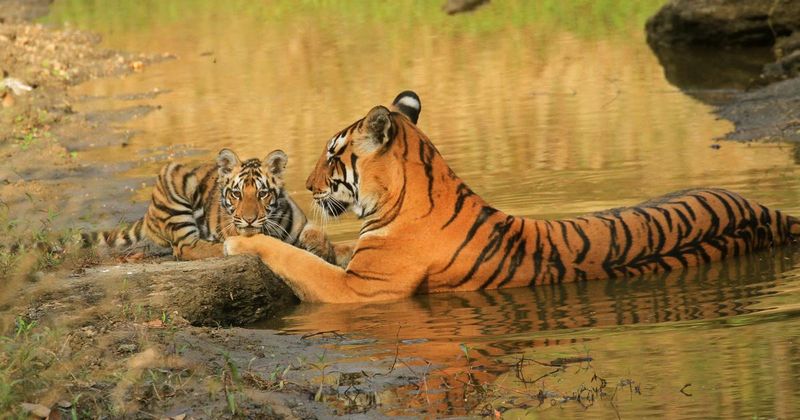
Nestled in Odisha’s Mayurbhanj district, Similipal Tiger Reserve spans over 2,750 square kilometers of diverse habitat. The reserve’s transformation from a struggling sanctuary to a thriving tiger haven demonstrates nature’s resilience when given proper protection.
Rangers and scientists worked tirelessly to create safe breeding grounds within the reserve’s core areas. Their efforts paid off spectacularly when tiger numbers jumped from just 8 to 16 in a four-year period – a 100% increase!
Similipal is also home to rare melanistic tigers, sometimes called ‘black tigers,’ found nowhere else in the world.
How Similipal Managed To Double Its Tiger Population In Just 4 Years
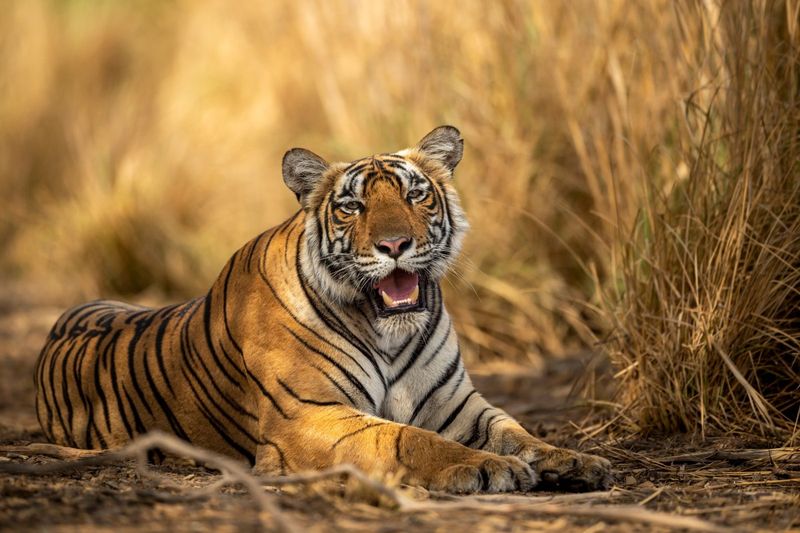
The secret behind Similipal’s rapid tiger growth lies in its multi-pronged approach. Forest officials established strict anti-poaching measures, including 24-hour surveillance and rapid response teams that dramatically reduced illegal hunting.
Wildlife corridors connecting isolated forest patches allowed tigers to move safely and find new territories. This increased the breeding population and reduced inbreeding risks.
Advanced monitoring technology – camera traps, satellite tracking, and DNA analysis – helped rangers understand tiger movements and behavior. Healthy prey populations of deer and wild boar were protected, ensuring tigers had enough food to raise multiple cubs.
The Importance Of Similipal In India’s Tiger Conservation Efforts
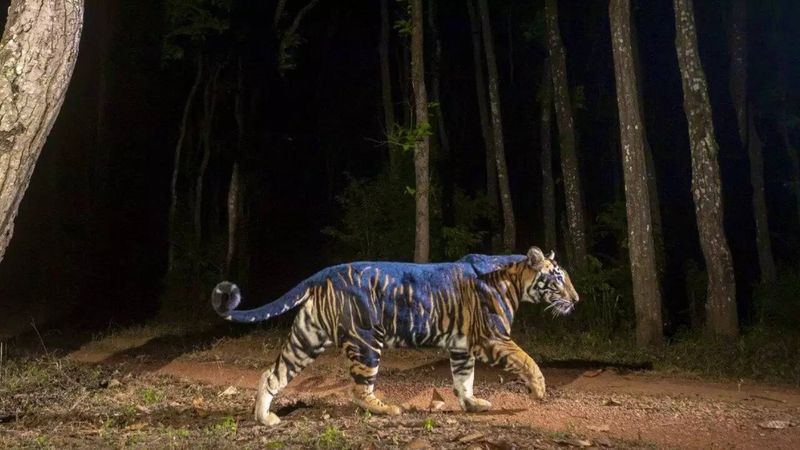
Similipal serves as a critical genetic reservoir for Bengal tigers. Its unique population includes the mysterious black tigers with distinctive stripes and patches, providing valuable genetic diversity for India’s tiger conservation program.
As one of 50 tiger reserves in India, Similipal’s success strengthens the nationwide effort to reach 3,000 wild tigers. The reserve forms a vital link in the Eastern Ghats wildlife corridor, connecting multiple protected areas across eastern India.
Tigers are umbrella species – their protection ensures hundreds of other plants and animals thrive too. Each breeding female in Similipal potentially adds 12-16 cubs over her lifetime!
What Contributed To The Rapid Growth Of Tiger Numbers In Similipal?
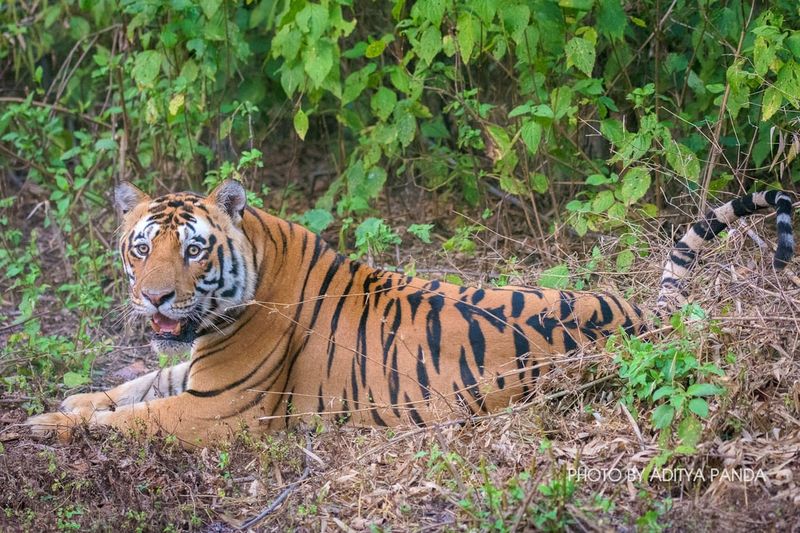
Female tigers in Similipal experienced unusually high cub survival rates during this period. Enhanced protection measures created safe denning sites where mothers could raise cubs without human disturbance or predator threats.
Natural disasters actually helped! A series of controlled forest fires cleared undergrowth, promoting fresh vegetation that attracted prey animals. This increased food availability supported more tiger families.
The reserve’s diverse landscape – from dense sal forests to grasslands and streams – provides perfect tiger habitat. Reduced human pressure on the buffer zones allowed tigers to expand their territories beyond the core area, creating space for the growing population.
A Look At The Conservation Strategies Behind Similipal’s Tiger Comeback
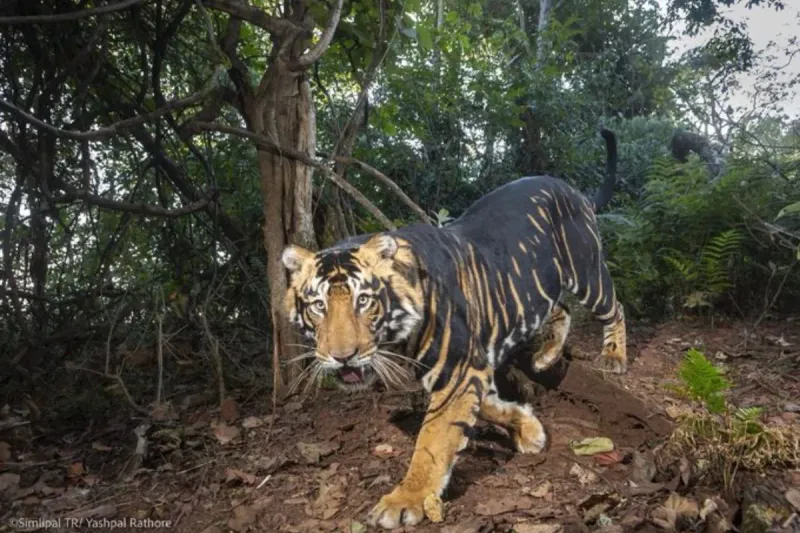
Smart patrolling revolutionized Similipal’s protection efforts. Rangers equipped with GPS devices and mobile apps mapped poaching hotspots and responded to threats within minutes instead of hours.
Veterinary intervention played a surprising role in the comeback. A specialized wildlife health team treated injured tigers and vaccinated them against diseases like canine distemper that had devastated other populations.
Water management created year-round water sources throughout the reserve. Artificial waterholes and check dams ensured tigers and their prey didn’t need to venture outside protected areas during dry seasons, reducing human-wildlife conflict dramatically.
Similipal’s Tigers: From Threatened To Thriving

Just five years ago, Similipal’s tigers faced extinction from rampant poaching and habitat loss. The reserve lost nearly 30% of its tigers between 2010-2015, with only two breeding females remaining – a genetic bottleneck threatening the population’s future.
The turnaround began with Operation Tiger Guardian in 2016. This emergency response deployed elite forest guards and created a specialized intelligence network to dismantle poaching rings.
Today, camera traps capture tigers in areas where they hadn’t been seen in decades! Young tigers now regularly disperse to neighboring forests, expanding their range beyond the reserve boundaries – the ultimate sign of a healthy, growing population.
The Role Of Local Communities In Similipal’s Tiger Recovery
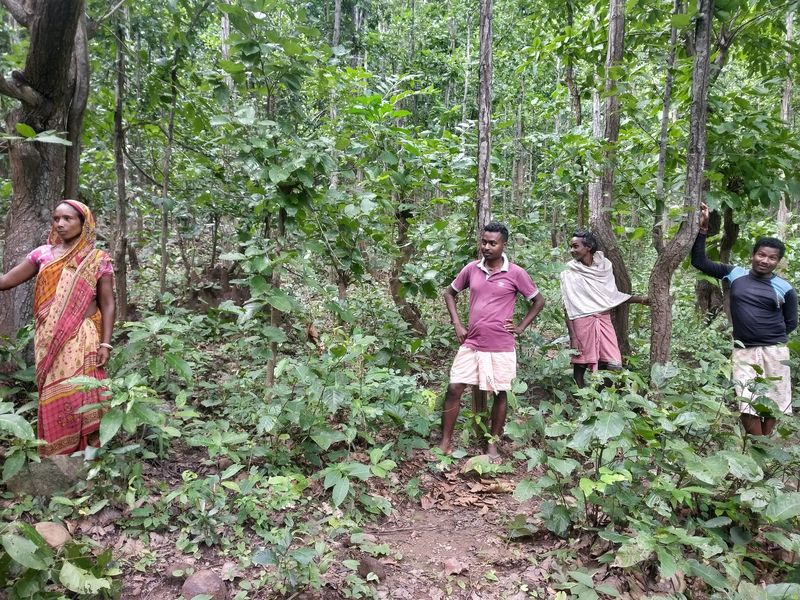
Former poachers became protectors in Similipal’s remarkable transformation. The Tiger Ambassador program recruited villagers with intimate forest knowledge to serve as guides and informants, creating sustainable livelihoods while protecting wildlife.
Women-led forest protection committees now guard 60% of Similipal’s buffer zone. These “Tiger Sisters” patrol vulnerable areas and report suspicious activities, receiving payments for verified tiger sightings rather than hunting them.
Eco-tourism initiatives generate revenue that flows directly to local communities. Village homestays, handicraft sales, and guiding services have increased average household incomes by 40%, making tigers more valuable alive than dead to those who once threatened them.
Why Similipal Is Becoming A Global Model For Tiger Conservation
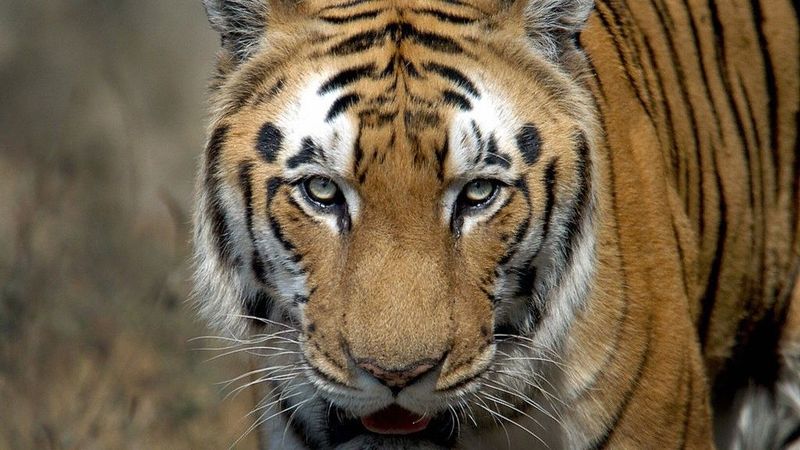
Conservation experts worldwide are studying Similipal’s innovative use of technology. The reserve pioneered an artificial intelligence system that distinguishes individual tigers from their stripe patterns with 99% accuracy, revolutionizing population monitoring.
Similipal’s management created a unique public-private partnership model. Corporate sponsors “adopt” sections of the reserve, funding infrastructure while government agencies handle enforcement – maximizing resources without privatizing public land.
The reserve’s success with minimal resources makes it especially relevant for developing nations. Similipal achieved its tiger comeback while spending just $380 per square kilometer annually – far less than other successful reserves worldwide that spend upwards of $2,000 per square kilometer.
Tracking The Success Of Tiger Conservation In Similipal Reserve
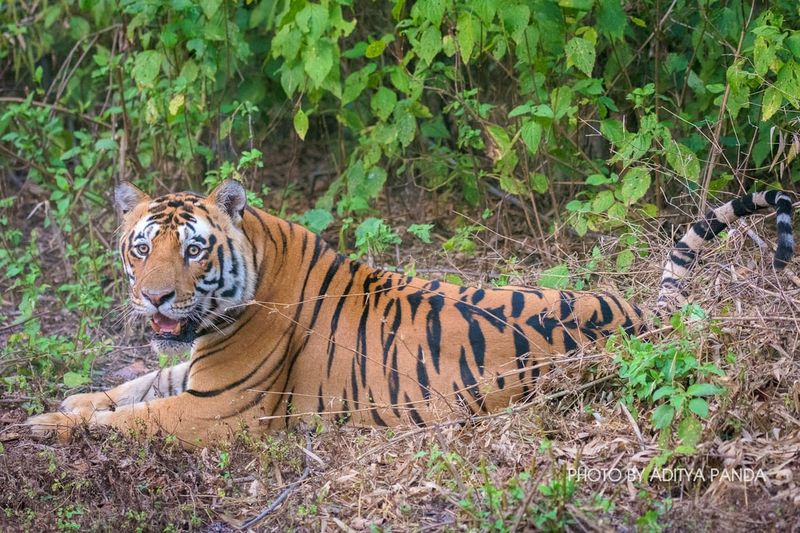
Beyond simple population counts, Similipal measures success through multiple indicators. Genetic testing shows increasing diversity in the tiger population, with new bloodlines appearing as outside tigers migrate in – a sign the reserve is connecting well with other habitats.
Camera traps reveal fascinating behavioral changes. Tigers now use areas near villages during daylight hours, indicating reduced fear of humans. Cubs stay with mothers longer, learning more hunting skills before independence.
Prey species populations have increased by over 60% since protection efforts began. The return of smaller predators like leopards and dholes signals a rebalancing ecosystem. Even vegetation patterns show positive changes, with reduced grazing pressure allowing native plants to flourish.
What This Means For Wildlife Conservation In India
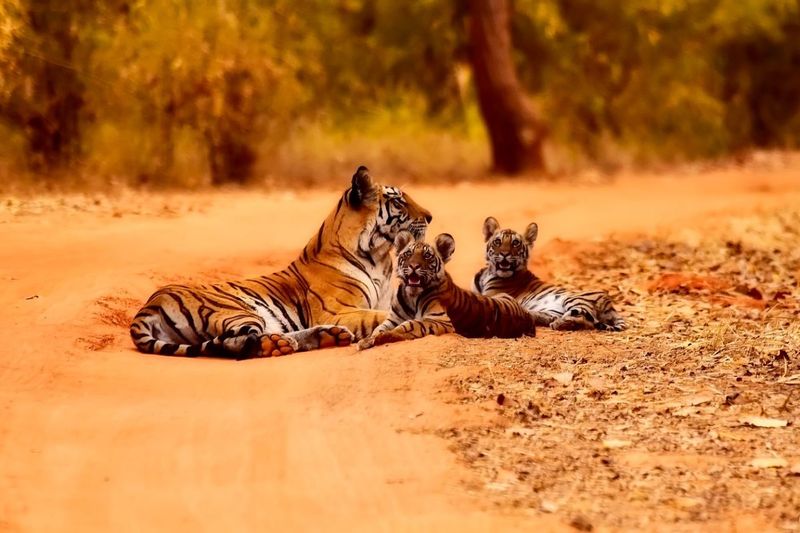
Similipal’s success story provides a template for other struggling reserves across India. Its methods are already being adapted for smaller reserves with limited budgets, proving that tiger recovery doesn’t always require massive funding.
The reserve demonstrates how protecting apex predators creates cascading benefits. Bird diversity in Similipal increased by 28% as the ecosystem rebalanced, while healthier forests improved water security for surrounding communities.
Most importantly, Similipal shows that conservation can reverse seemingly hopeless situations. Even with just eight tigers remaining, the population rebounded when given proper protection – offering hope for other endangered species throughout India and beyond.




